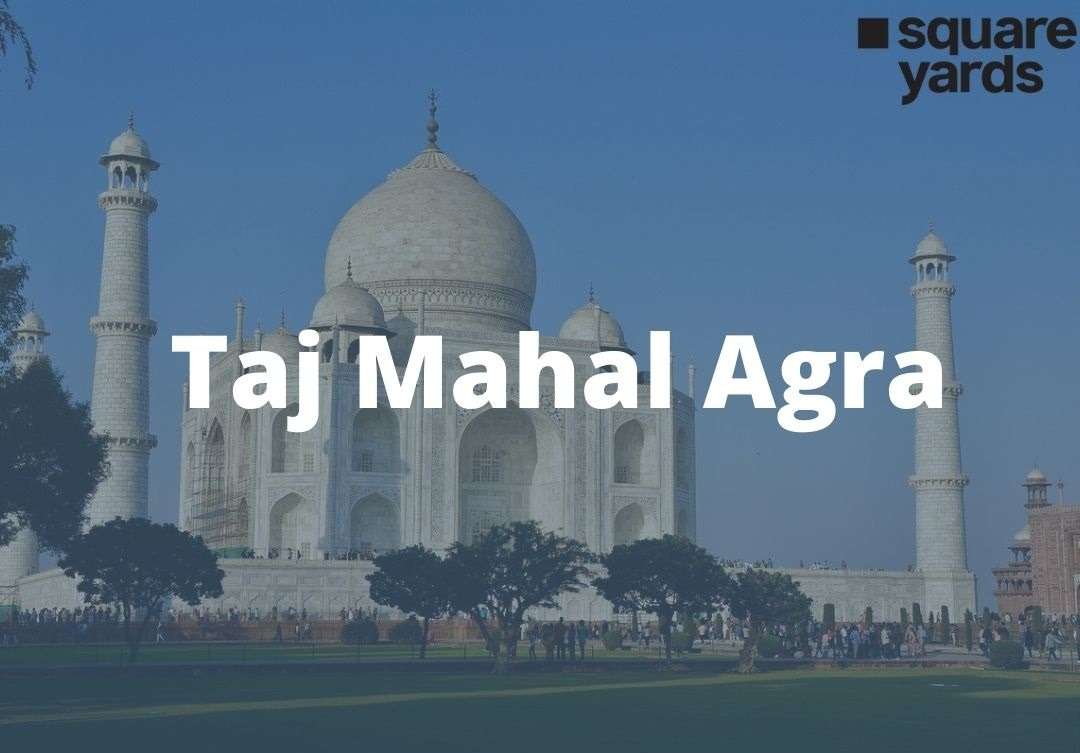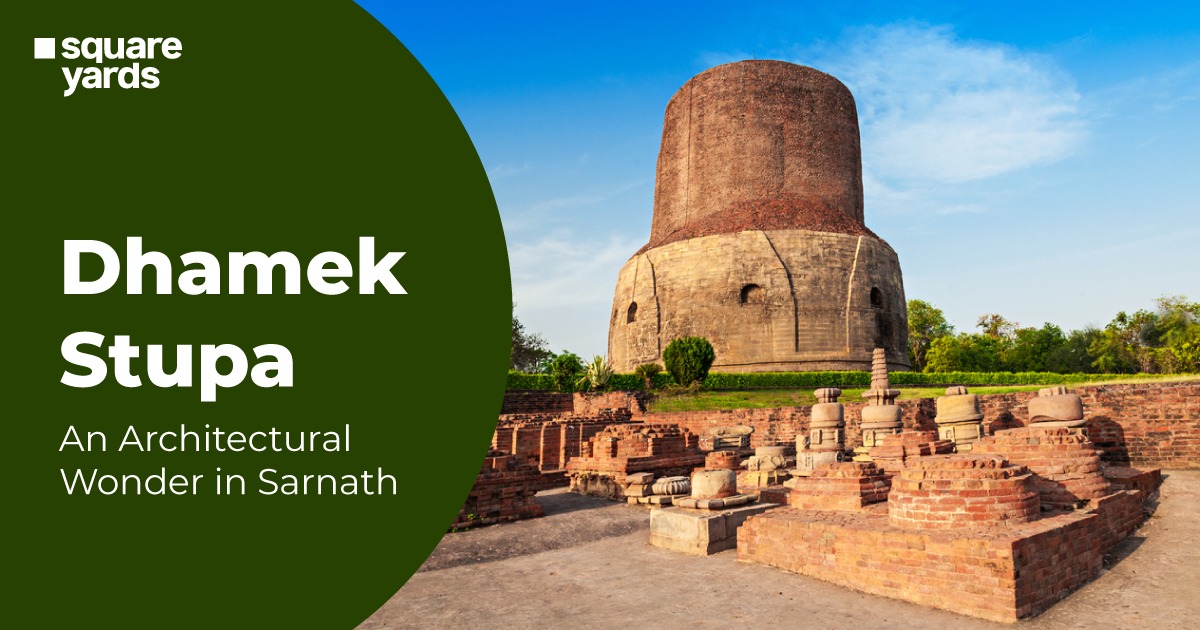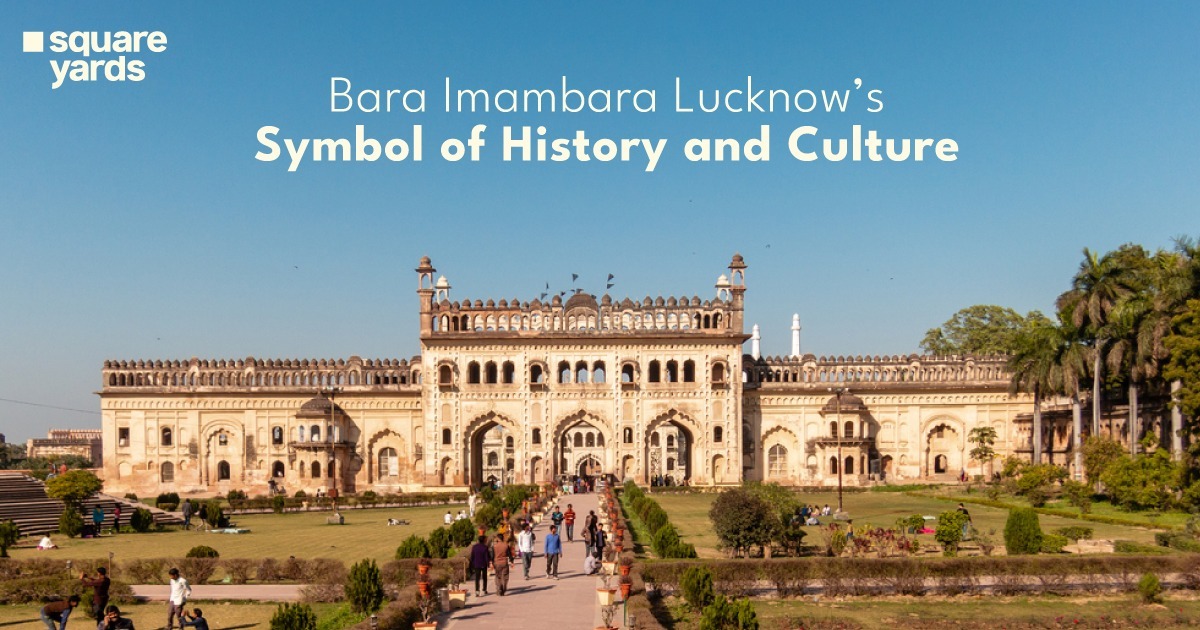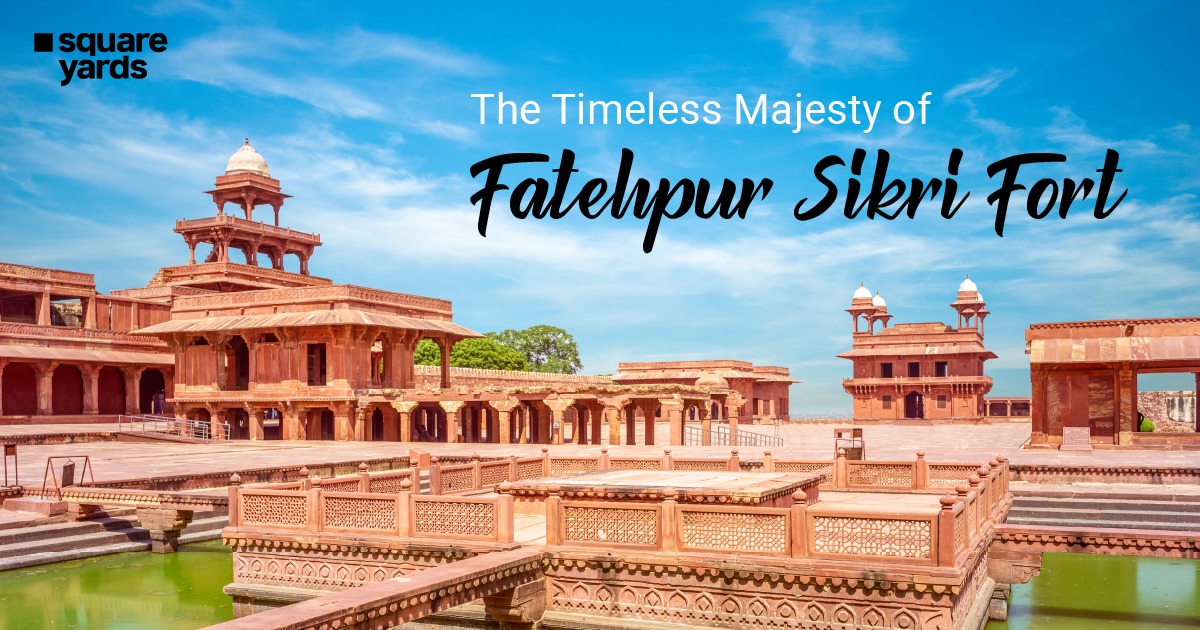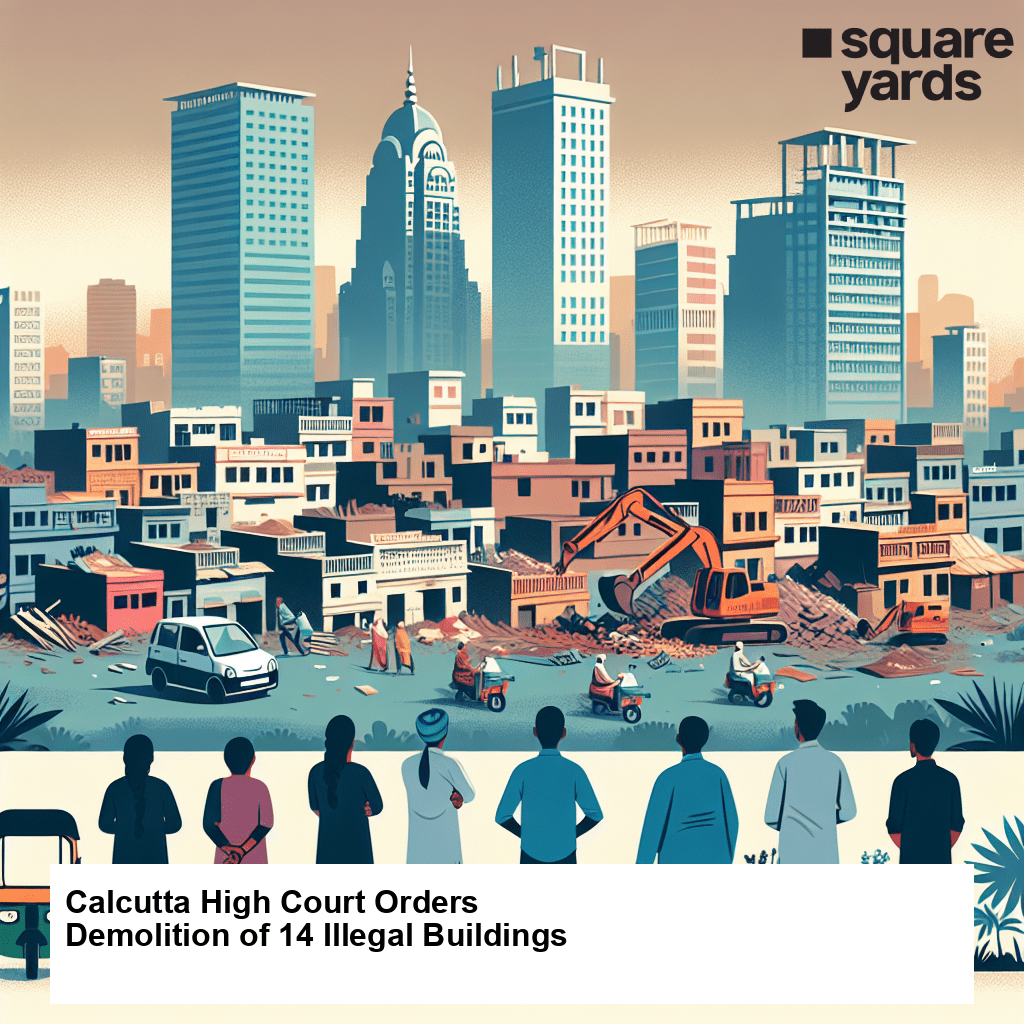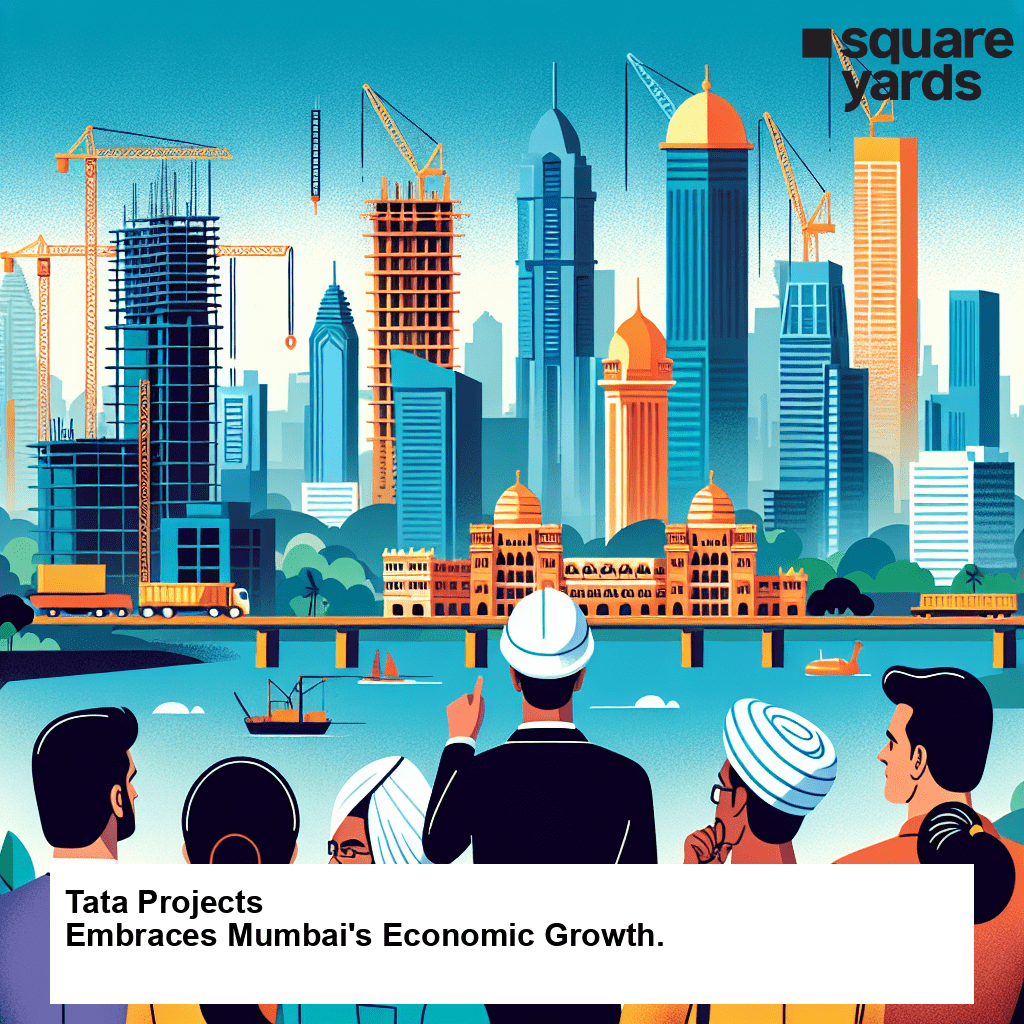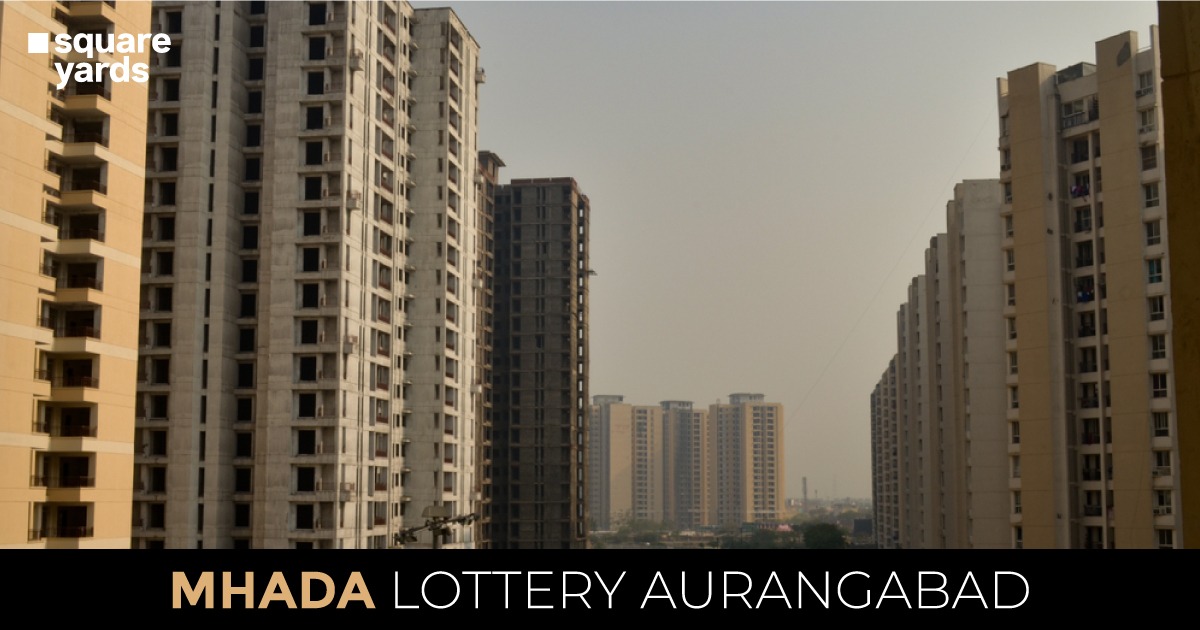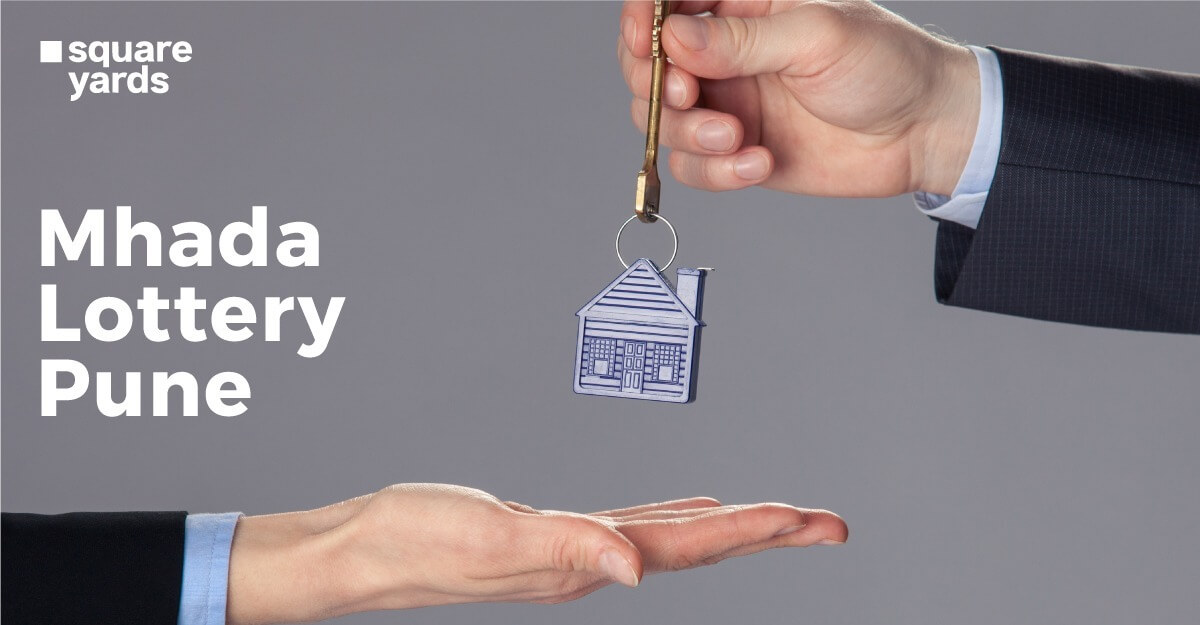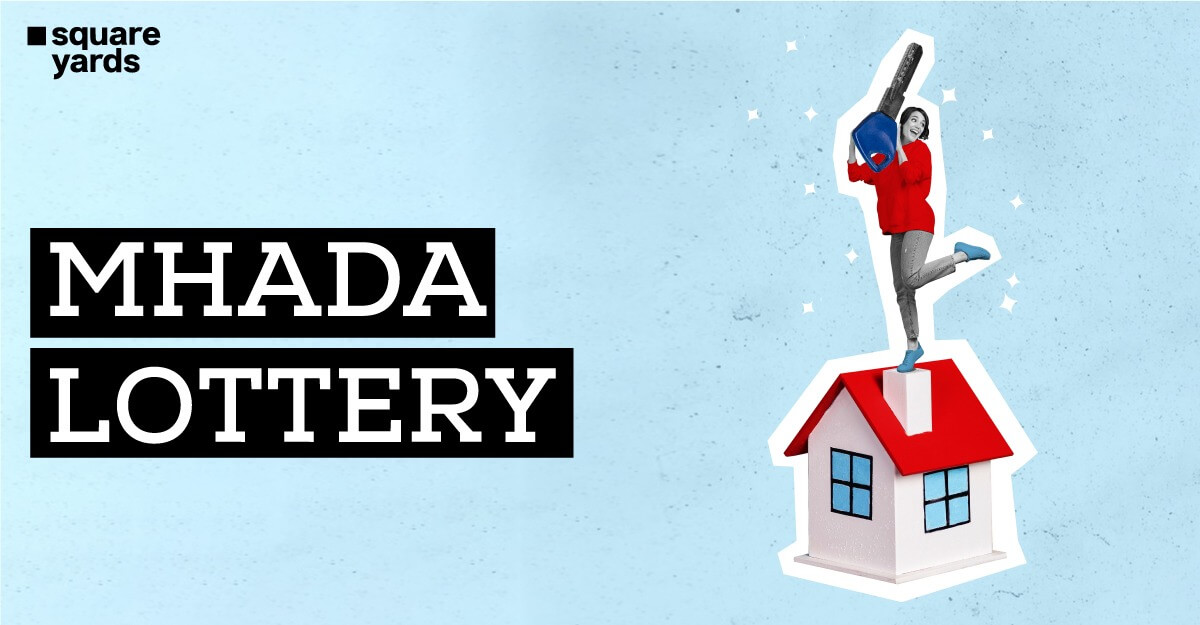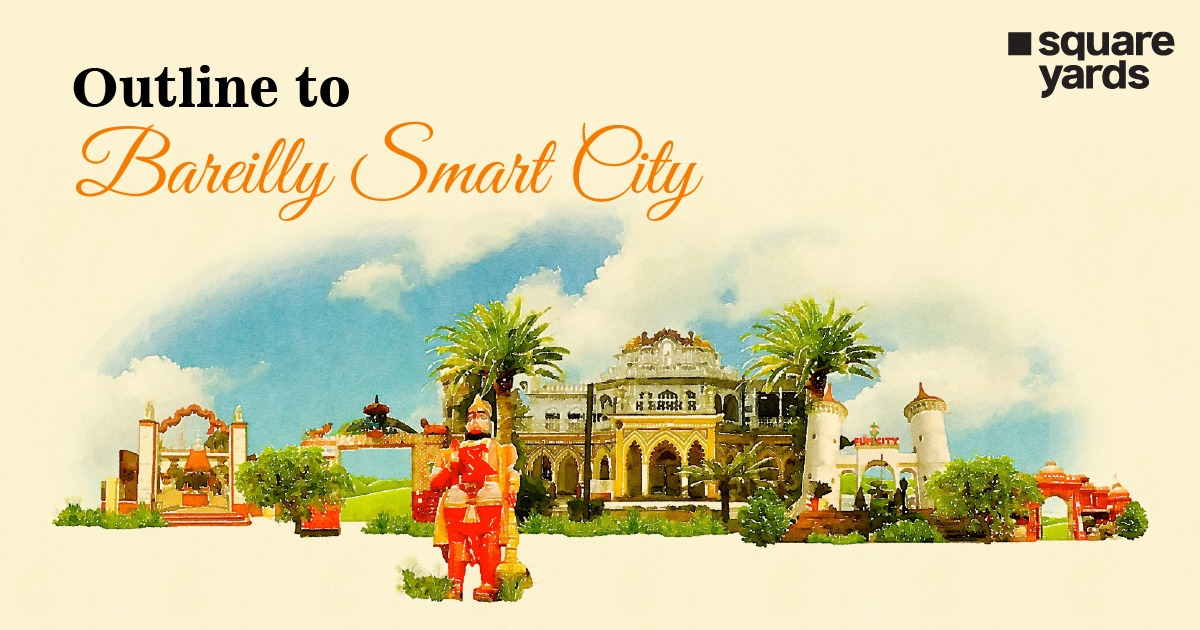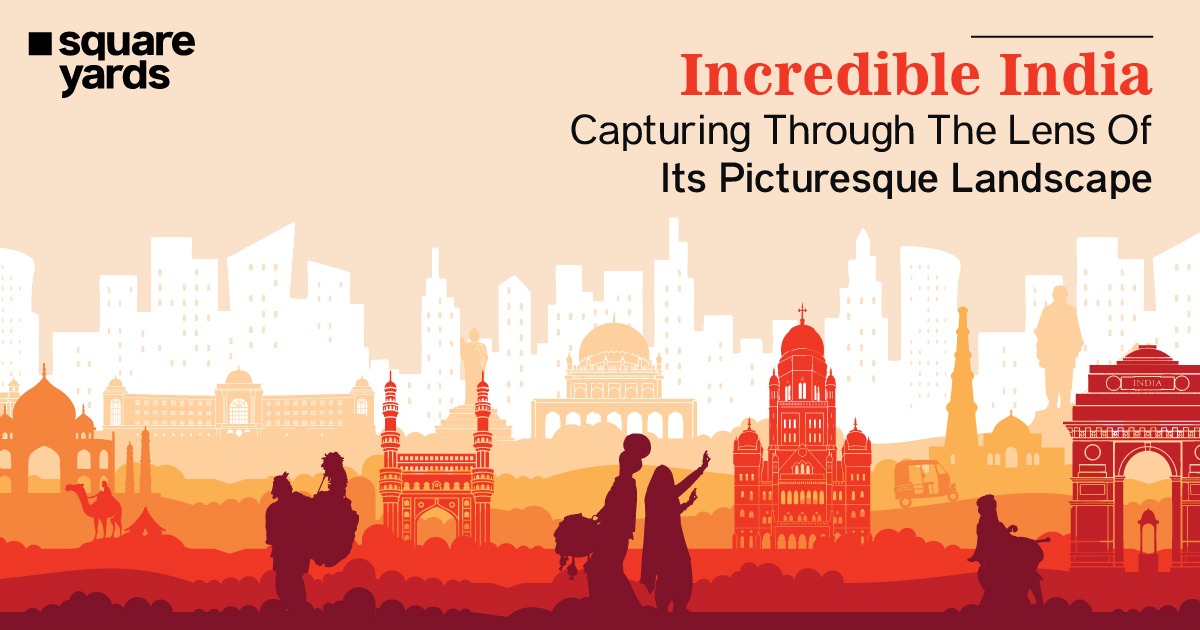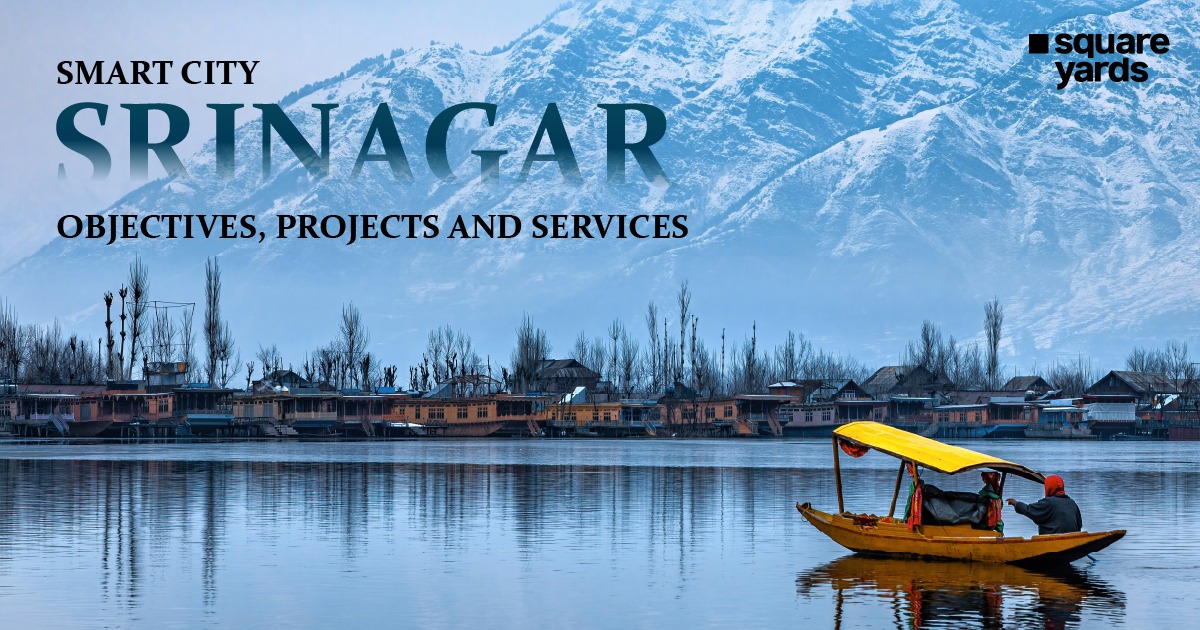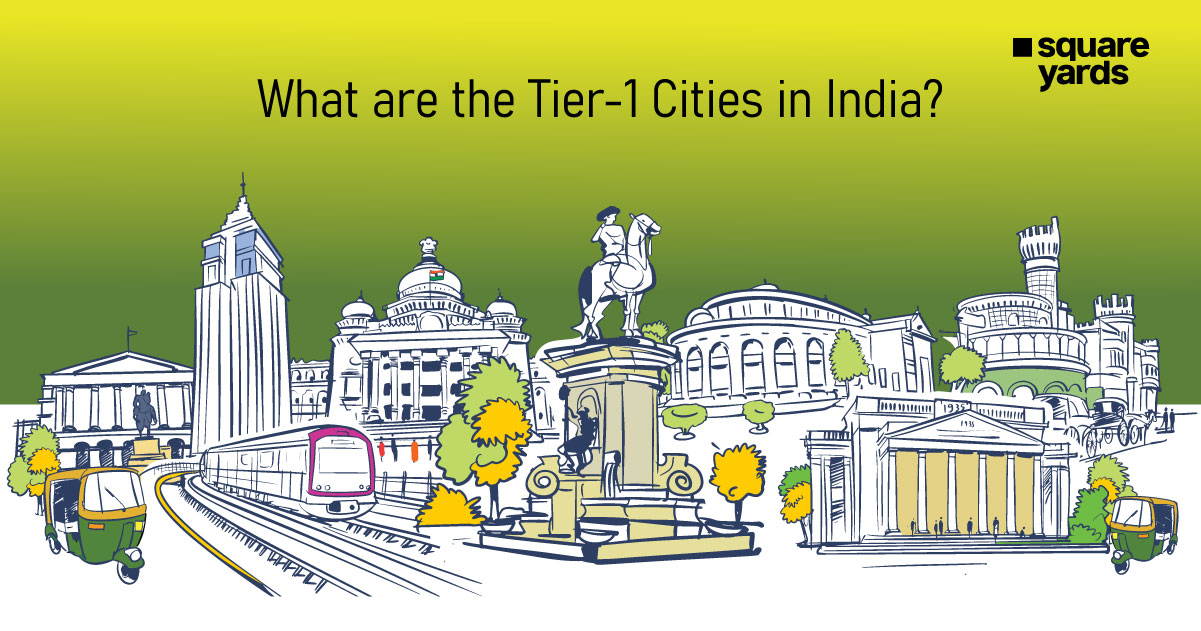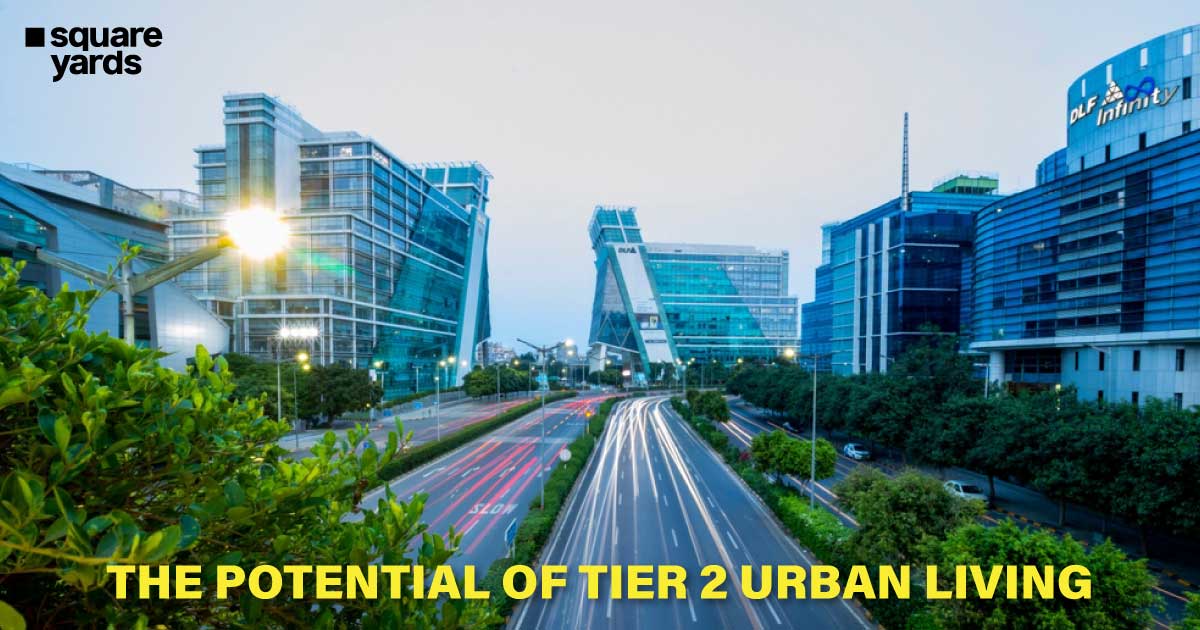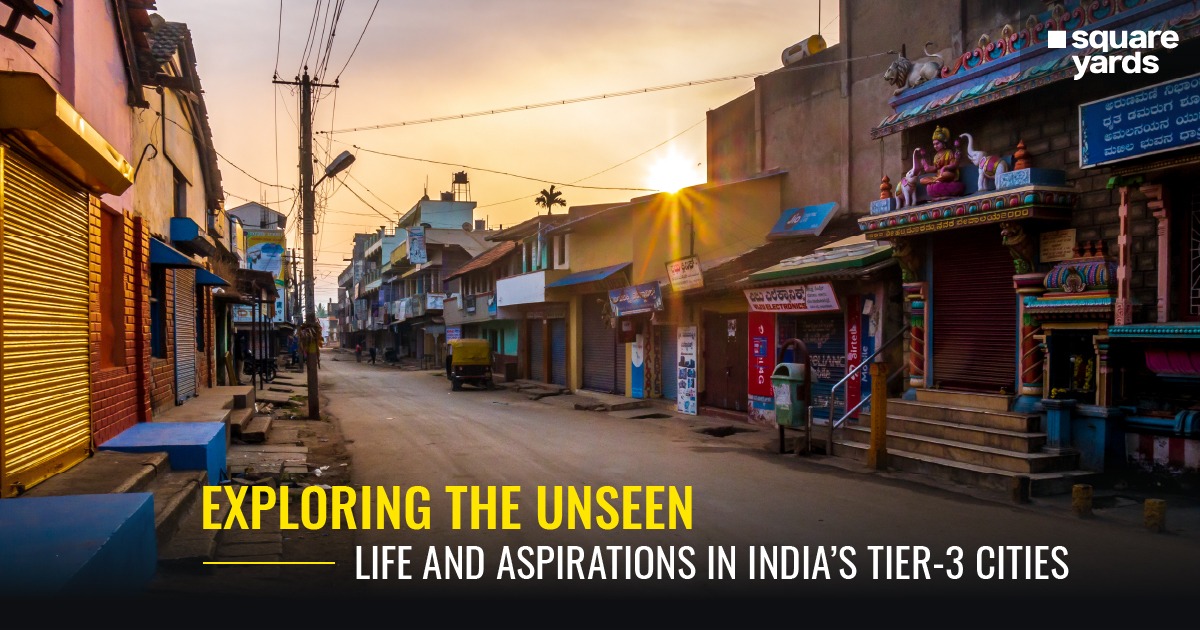You know the talk is about The Taj Mahal when famous poets address it as a teardrop on the cheek of eternity and when it is mentioned as all things pure. Undoubtedly, The Taj Mahal is a historic monument built with a backdrop of immense love and countless interesting facts that have made it grab a place in the list of 7 Wonders of the World. And it would not be an exaggeration if we tell you that Agra sees the maximum number of tourists arriving from all over the world to witness the beauty of The Taj Mahal. If you actually want to see an example of the immaculate Mughal Era art and architecture, visiting The Taj Mahal built by Shahjahan should be next on your list.
For some The Taj Mahal architecture is all about the grandeur and royalty of the one who built The Taj Mahal and for some, this masterpiece stands as an epitome of love. However, the underlying beauty and history of The Taj Mahal India are way more than what appears superficially. Hence, we are here with every piece of information related to when was The Taj Mahal built, who made The Taj Mahal, why was The Taj Mahal built, and of course countless other questions. All you have to do is scroll down and give this article a read to be the one with maximum information in your group when the chats are about the ethereal, The Taj Mahal.
History of the magnificent The Taj Mahal
The entire idea behind constructing a monument like the Taj Mahal was about Shahjahan’s wife Mumtaz Mahal. It was in the year 1631 that she died while birthing their 14th child and it was in her memory that Shahjahan decided to give the world a monument that will forever be etched in people’s minds as a symbol of love. And to answer in which year The Taj Mahal was built, it was in 1631 that the construction of this monument commenced. Cravers, inlayers, dome-builders, calligraphers, stonecutters, masons, and artisans from all across Shahjahan’s empire and from some parts of Central Asia and Iran were called to construct the giant white beauty. And it took approximately 22 years to complete the construction of The Taj Mahal. As per historical records over 1,000 elephants and 22,000 laborers played a role in building The Taj Mahal. The monument is completely made of white marble which was imported from Central Asia and also collected from various parts of India. And it was almost after an expense of 32 billion rupees that the construction of the Taj Mahal was done in the year 1653.
As soon as the construction of The Taj Mahal was complete, Shahjahan the mind behind The Taj Mahal was deposed by his son Aurangzeb and was put in Agra Fort under house arrest. Along with Mumtaz Mahal, Shahjahan is also entombed in the same mausoleum and was laid to rest beside his wife’s tomb. Moving further in history, almost during the end of the 19th century, Lord Curzon who was a British viceroy gave the orders for a restoration project to bring back the life of monuments that were damaged during the Indian rebellion of 1857, and the project was finished in 1908. The government officials and British soldiers blemished the beauty of The Taj Mahal and also took the lapis lazuli and other precious stones embellished in the monument. But with prevailing controversies and multiple scars on its beauty from the past, the glorious The Taj Mahal still stands tall and beautiful adding to the grandeur of India.
Taj Mahal Design and Architecture
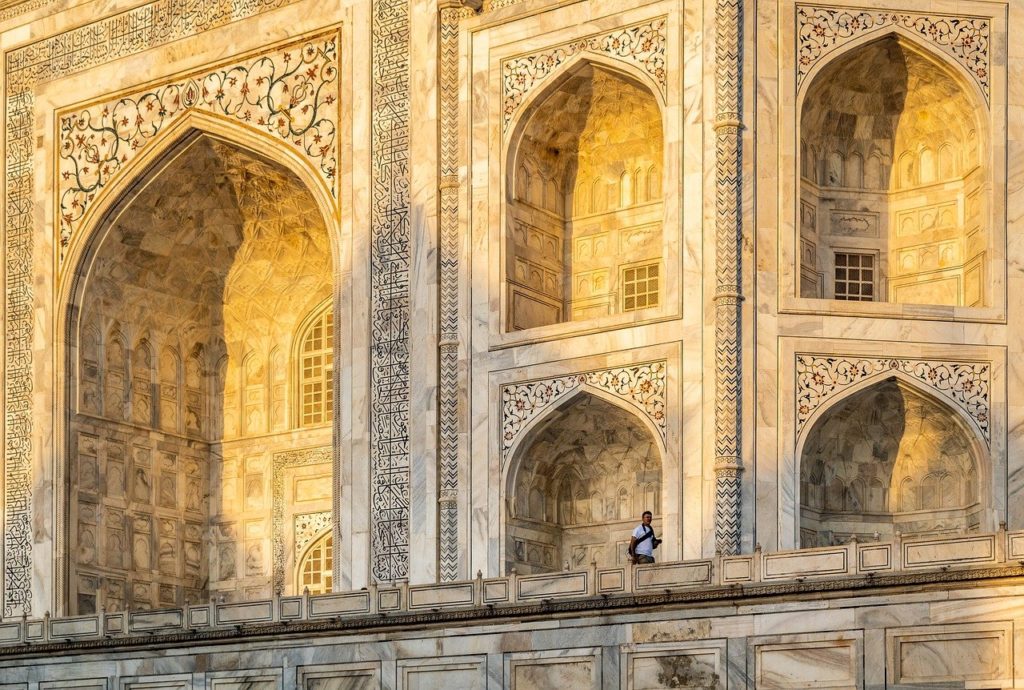
On the banks of River Yamuna is the massive structure of The Taj Mahal situated which is said to have been built by over 22,000 workmen. The marble and other construction materials along with the artisans came from all across Shahjahan’s reigning empire and other parts of the world. A good and ideal example of Persian, Indian, and Islamic architecture is what The Taj Mahal is all about. Along with the grand structure of The Taj Mahal, the tomb, mosque, gateway, and garden also make up the complete journey of The Taj Mahal.
An area as large as 42 acres is what was required to build The Taj Mahal. The platform on which The Taj Mahal stands tall is 50 meters in height and the four minarets stand tall at a height of 137 feet along with the tomb at 58 meters height. In the east of The Taj Mahal, there is a guest house also known as the Naqqar Khana and on the west is a mosque. Both the mosque and the guest house are made up of beautiful red sandstone and a garden adorns The Taj Mahal complex which covers 580 meters*300 meters of the area. Islamic style of construction is followed throughout the architecture of the garden, and it is always green and well-watered.
Taj Mahal’s Gateway
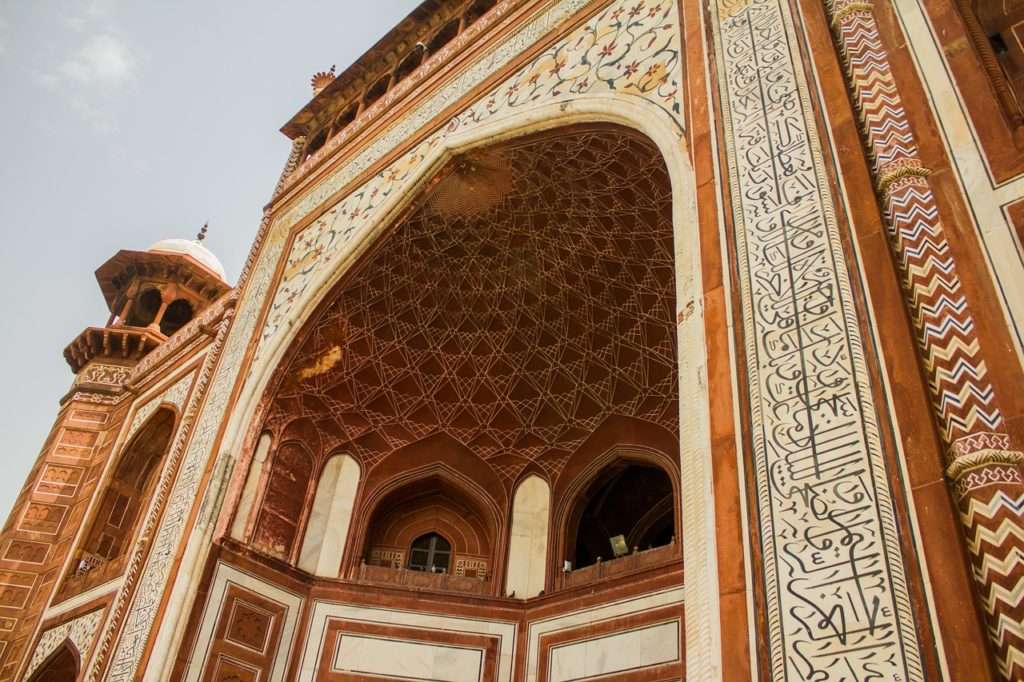
In the year 1648, the construction of the main gate was completed which has a height of 30 meters and the upper portion of the gateway comprises Chhatris and you will notice the verses of the Holy Quran inscribed on the gateway. Silver was used for the construction of the gateway and there are letters carved on it. After stepping inside the gateway, you will come across a courtyard. For your information, during the course of the Mughal Era, every year on Mumtaz Mahal’s death anniversary, a huge amount of charity was done ever after Shahjahan’s reign as a king ended.
The Mosque of Taj Mahal
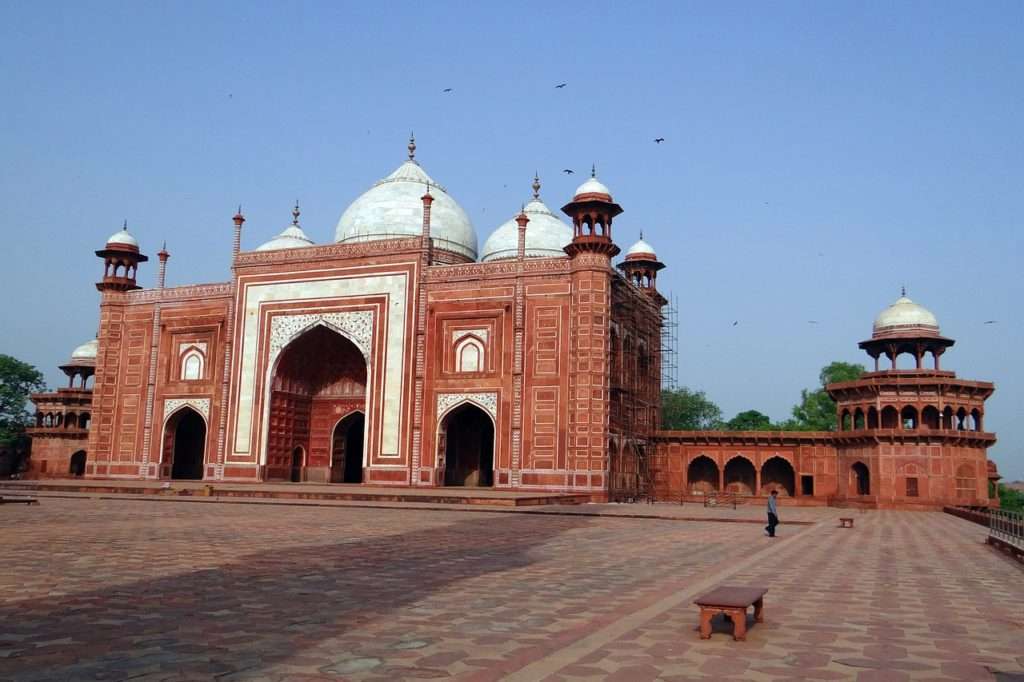
A mosque which is situated on the west of The Taj Mahal faces the Holy city of Mecca and as per renowned historians, Isa Muhammed is the one who is said to have constructed the mosque. You can easily notice two arches on the sides of the mosque and the exterior of the mosque has a portal known as Iwan. Along with it, the four kiosks and three domes are made up of marble. Talking about the interiors, the floors of the mosque are engraved with 569 prayer rugs which are made out of black marble and the walls adorn the name of Allah and verses from the Holy Quran. Another aspect of the mosque is the Mehrab which points to the direction of Mecca and it also has a Minbar from where the Maulanas deliver the Namaz. A stone of height19 feet by 6.5 feet is also present in the mosque which represents the tomb of Mumtaz Mahal, and the mosque also has a pool where the ablution is done before offering the prayers. The two towers present in the mosque are on the north and the south.
The Garden, Mausoleum, and Tomb
The garden present in the complex of The Taj Mahal has spiritual symbolism attached to it as the greenery represents the mention of paradise in the Holy Quran. As soon as you step inside the main gateway, you can see the garden which is stretched at an area of 580 meters by 300 meters and it stands divided by 16 flower beds and two watercourses.
Once you cross the garden, you can reach the tomb which is stretched in an area of 95 square meters and the entrance of the tomb begins with a double staircase. Four minarets, each of 137 feet height surround the tomb and they are built in a way that if natural calamity or mishap occurs, they will not fall on the tomb. There are four letters engraved on the 4 minarets which when spelled together form Ar-Rahman which is amongst the many names of Allah. Below the tomb is the central chamber comprising of four rooms for the graves of other family members and it was Aurangzeb who modified the authentic screen to an octagonal screen that was embellished with precious stones and made of marble.
The center of attraction of The Taj Mahal is the tomb and the dome of the tomb has 110 yards of circumference and 107 yards of height. The structure of the tomb symbolizes the union of earth and heaven and is constructed in Islamic style and the square structure on which the tomb is placed is symbolic of the universe.
About the Exterior Decoration of The Taj Mahal
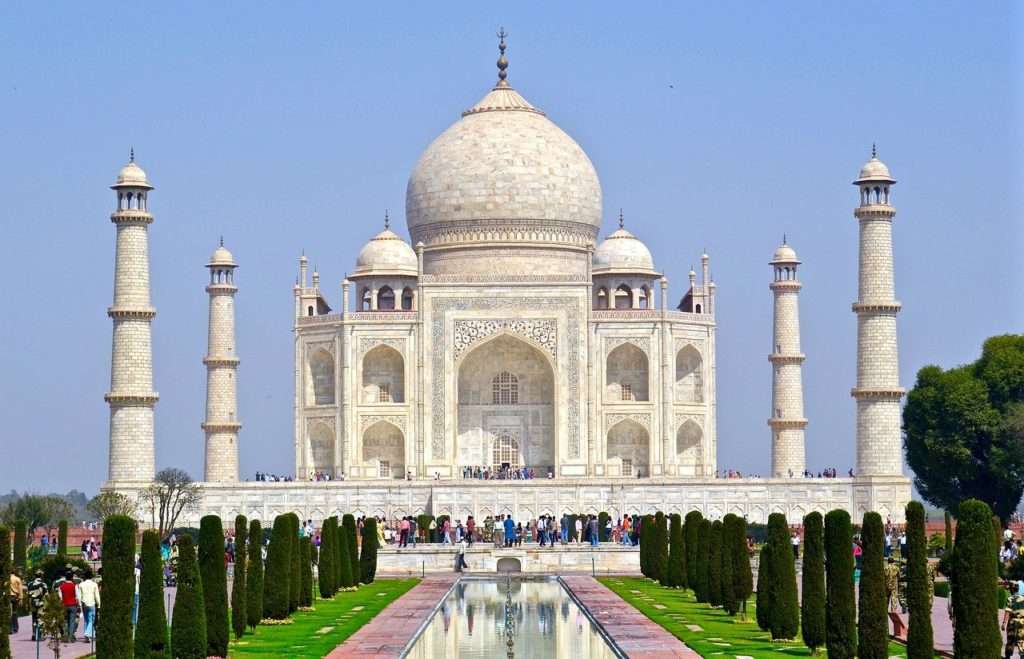
One of the finest arts known to Mughals is reflected on the surface of The Taj Mahal. Since Islam prohibits the depiction of paintings and sculptures that are anthropomorphic, you will find a lot of abstract arts and patterns like vegetative motifs adorning the walls. Calligraphy, mosaic art, murals, and many other artistic elements can be seen in the vaults, spandrels, dados which are on the lower walls of the tomb. You can also spot some relief sculptures in an area where the tomb is situated. The inlay of the white marble tomb is embellished with gems like corals, amber, lapis lazuli, and jade along with some flower motifs.
The layout of the exterior calligraphy of the Taj Mahal is made using the Thuluth flowery script, which was set up in panels made of white marble and created in black marble and jasper. Every outer surface of The Taj Mahal shows some form of art is it the geometric-style carved motifs, incised painting, inlays of pietra dura, or some calligraphic scripts.
Gems used in the Construction of The Taj Mahal
Majorly, there has been the usage of three types of stones in the construction of The Taj Mahal. The first category of stones is the semi-precious ones comprising of Lapis Lazuli, Jade, Coral, Cat’s Eye, Agate, Blood Stone, Turquoise, and Yemeni. These were majorly utilized in the works of inlay. Another category was the scarce or rare stones comprising of goldstone, magnet stone, ajuba, zahar-mohra, abri, nakhod, and khathu which were mainly utilized for mosaic work and appealing inlays for the dados, flooring, and turrets. The third category was of the common stones comprising red sandstone, black slate, white marble, and grey and yellow sandstone, and these were mainly used for finishing the exterior surfaces, masonry, and foundations.
The white marbles were brought from the Makrana mines located in Rajasthan and the red sandstone were brought from the neighboring cities of Tantpur, Paharpur, and Fatehpur-Sikri. Some of the rare and precious stones were brought from distant places like Jaisalmer, Ceylon, Kumaon, and Upper Tibet region. Some of the other materials which completed the construction of The Taj Mahal included spouts, tiles, sweet limestone, red clay, reed glue, glass, and silver clay to ward off water. According to Mughals, the precious and semi-precious stones were known to have effects on people and places be it inauspicious or auspicious. And this aspect was completely considered while architecting the Taj Mahal. This is the reason why you would notice the dominance of a specific kind of stone in a specific style or form of architecture in The Taj Mahal.
Some intriguing The Taj Mahal facts
- The time period in which The Taj Mahal was built was 1638-1653 and the overall expenditure is estimated to be 32 million rupees and in the present time, the amount would be approximately equal to $1 billion.
- Over 28 types of precious and semi-precious stones were used in the construction of The Taj Mahal. The materials from parts of Sri Lanka, China, Tibet, and some parts of Central Asia and over 1,000 elephants were used for the completion of The Taj Mahal.
- If you observe carefully, the four minarets are not straight but erected slightly outwards and the reason behind this style of construction is to save the tomb from the damage caused by the falling of minarets in case of any mishappening.
- The myth of the arms being cut off all the workmen is a hoax because Ustad Ahmad Lahauri was the same person who was behind the construction of Red Fort.
- If the foundation of The Taj Mahal was not laid on the banks of Yamuna because it is made up of timber which is known to be fragile. It is because of the River Yamuna that the wood of the foundation remains strong and moist till time.
- The Taj Mahal design showcases the combination of early Mughal architecture comprising Indian, Islamic, and Persian designs. The engravings on the walls of The Taj Mahal are majorly the verses from the Holy Quran and these verses are also inscribed on the tomb of Shahjahan and Mumtaz Mahal.
- The Taj Mahal stands taller than the Qutub Minar and earlier its garden had abundant fruit trees, daffodils, and other flowers. But after the restoration project during the ned of 19th century, the gardens were remodeled as per the lawn designs that are in London.
- You would be amazed to know that Agra was not the first choice for constructing The Taj Mahal. The first place decided was Burhanpur which is the area of Madhya Pradesh where Mumtaz Mahal was demised while giving birth to her 14th child. Agra was chosen finally because Burhanpur failed to supply the quantity of marble required.
- The Taj Mahal has 99 names of Allah calligraphed and the Shahjahan’s other wives and loyal servants are also laid to rest in the same complex.
- According to the principles of Islam, the graves should not have any decorations on them. Hence, Shahjahan and Mumtaz Mahal are laid to rest in a plain and simple crypt which is underneath the internal chambers of the Taj Mahal.
- Annually, The Taj Mahal witnesses tourists in several 4-8 million, and at times, you can see 40-50 thousand visitors in one day.
- The Taj Mahal is known to reflect different colors depending on the amount of light falling on it. It appears to be pink in the morning, white in the evening, and golden under the moonlight.
- It was with 100 million votes that UNESCO declared The Taj Mahal as one of the Seven Wonders of the World.
Entry Fees and Timings of The Taj Mahal
Skip Fridays for your visit to The Taj Mahal
Every day, The Taj Mahal opens its gates for the visitors between 6 AM-7 PM, except on Fridays because of the prayers that are offered on that specific day. You can also enjoy a night view of the grand The Taj Mahal during the full moon time as it is open between 8:30 PM-12:30 AM on the full moon night and two days before and after the full moon night. This accounts for a total of five days when The Taj Mahal is open for night viewing. You should skip visiting The Taj Mahal for night viewing during the month of Ramzan because the gates remain closed in the night over the course of this month.
The difference in the entry fees for people
Due to the variations in the income of people living in India and foreign nationals, the ticket or entry price for Indian citizens and foreign tourists also varies. For the foreign nationals, the ticket price is INR 1200 which is inclusive of a golf cart or bus service at the gateway, a shoe cover, a map of Agra, and a water bottle. For Indian citizens, the ticket price is INR 8
0 and for children under the age of 15, entry is free. If you wish to get a night view of The Taj Mahal, the ticket price for foreigners is INR 750 and INR 510 for Indian citizens. For night viewing the children aged between 3-15 also need a ticket that costs INR 300. It is always better to get your tickets in advance from the Archaeological Survey of India office between 10 AM -6 PM, which is located on Mall Road.
Free entry days for The Taj Mahal
In case your trip to The Taj Mahal falls on the morning of Eid or during World Heritage Week, you will be allowed to witness the beauty of The Taj Mahal for free. But it is obvious that the place remains overly crowded on such days. If you are keen and are aware of the details, you can always take up this advantage.
The ideal time to visit the Taj Mahal
You should skip winters as the season to plan your trip to The Taj Mahal which is between November to February because The Taj Mahal might be covered with dense fog. Visiting The Taj Mahal between March and June is the ideal time and days between Monday to Thursday are the best days to see the monument.
The ways to reach The Taj Mahal
- The closest airport to The Taj Mahal is the airport of Agra which is 13 kilometers from the monument and it takes around 35 minutes to reach The Taj Mahal from the airport via cab.
- The closest railway station to The Taj Mahal is Agra Cantt which is 6 kilometers from the monument and it takes around 13-15 minutes to reach The Taj Mahal via cab or auto.
- The best bus terminal to reach The Taj Mahal is the Idgah Bus Terminal of Agra which is 6 kilometers from The Taj Mahal. You can either go for a taxi, auto, or rickshaw to reach The Taj Mahal and it takes around 15 minutes from the bus stand to reach the monument.
- By road, it is a drive of 165 kilometers if you are taking the Yamuna Expressway which connects Agra to Greater Noida.
Distance between Taj Mahal and Delhi, NCR
In a straight line, the distance between Agra and Delhi is 194 kilometers and based on miles it is 120.5 miles. Usually, the time to cover this distance varies because of the curvatures of the road taken to reach the Taj Mahal. By road, the driving distance is 243 kilometers and 97 meters and it takes around 4 hours to reach the Taj Mahal if you are choosing to go by road.
Revenue Generated through the tourism of The Taj Mahal
Here is the breakup of the revenue generated and the number of tourists visited in recent years:
- For the year 2014-2015, the total number of visitors to the Taj Mahal was estimated to be 60,89,901 and the overall revenue collected for the same year was ₹21,23,55,330.
- For the year 2015-2016, the total number of visitors to the Taj Mahal was estimated to be 50,70,573 and the overall revenue collected for the same year was ₹17,92,27,05.
- For the year 2016-2017, the total number of visitors to the Taj Mahal was estimated to be 61,77,196 and the overall revenue collected for the same year was ₹55,09,29,860.
- For the year 2017-2018, the total number of visitors to the Taj Mahal was estimated to be 65,65,627 and the overall revenue collected for the same year was ₹58,76,04,981.
- For the year 2018-2019, the total number of visitors to the Taj Mahal was estimated to be 70,90,207 and the overall revenue collected for the same year was ₹86,48,93,100.
The data presented above shows that there has been a rise in the number of tourists and also in the revenue generated. Over five years, the number of tourists has increased by 10 lakhs, but the revenue has almost increased four times. In the year 2014-2015, the total cost of maintaining the Taj Mahal was ₹3,90,20,190 but by the year 2018-2019, the cost came to be ₹5,48,34,582. The maintenance of The Taj Mahal is done according to the principles of the Archaeological department and proper and periodic care is taken to preserve the beauty of the monument.
To conclude
One can never hold the beauty of this beautiful monument in their eyes, hence any number of visits to The Taj Mahal is not enough. Head out on a trip to the wonderful and magnificent Taj Mahal to get an experience of a lifetime.
You may also like to read about :
| State | Monuments |
| Rameshwaram | Ram Setu |
| Delhi | Red Fort |
| Delhi | Tughlaqabad Fort |
| Rameshwaram | Ram Setu |
| Hyderabad | Golconda Fort |
| Delhi | India Gate |
| Kolkata | Victoria Memorial |
| Kolkata | Marble Place |
| Ladakh | Leh Palace |
FAQs:
Yes, the The Taj Mahal is open for tourists but with modified timings.
For Indian citizens, the ticket price is ₹80 and for foreign nationals, the ticket price is ₹1200.
The specialty of The Taj Mahal is its grandeur of structure constructed out of white marble.
The Taj Mahal is among the seven wonders of the world because of its intricate structure and precious embellishments. Is The Taj Mahal Agra open now?
How much is the ticket to The Taj Mahal?
What is special about The Taj Mahal?
Why are The Taj Mahal 7 Wonders of the World?


